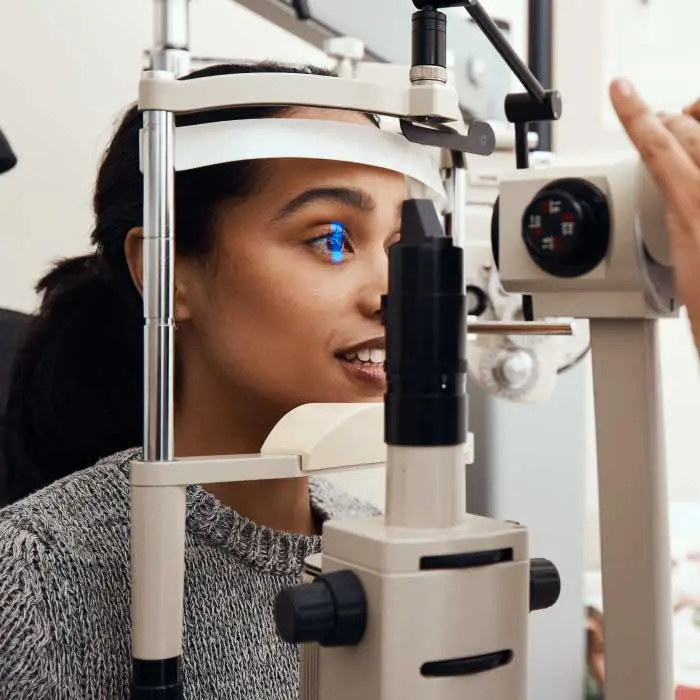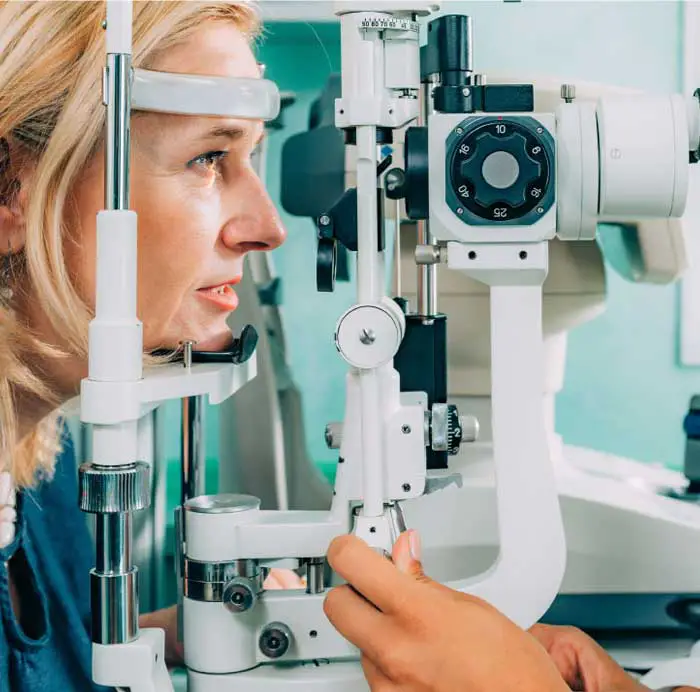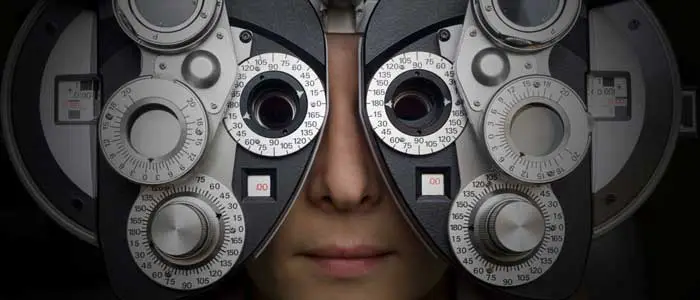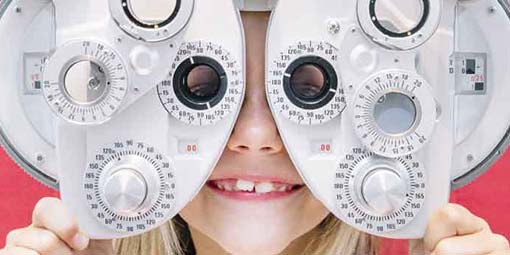Corneal Ectasia - Symptoms, Causes and Treatment
07-04-2024
What is Corneal Ectasia?
Corneal ectasia is a progressive eye condition that causes thinning and bulging of the cornea, the clear outer layer of the eye. This bulging can lead to a cone-like shape of the cornea, which can result in distorted vision and astigmatism. In severe cases, corneal ectasia can cause significant vision impairment and may require surgical intervention to correct. Regular monitoring and early detection are important in managing this condition to prevent further deterioration of vision.What Are The Causes Of Corneal Ectasia?
Corneal Ectasia is typically caused by a weakening of the cornea, which leads to a bulging or protrusion of the cornea. This weakening can often result from excessive thinning of the cornea, typically due to the removal of too much tissue during refractive surgeries such as LASIK or PRK. In some cases, underlying conditions such as keratoconus or a history of eye trauma can also contribute to the development of Corneal Ectasia. Understanding the potential causes of this condition is crucial in order to effectively diagnose and manage it in patients.What Are The Risk Factors For Corneal Ectasia?
Risk factors for Corneal Ectasia include a history of certain eye conditions such as keratoconus or a family history of the disease. Additionally, individuals who have undergone refractive surgeries, such as LASIK, may be at a higher risk for developing Corneal Ectasia. Other factors that may increase the risk of developing this condition include excessive eye rubbing, certain systemic diseases, and a thin cornea. It is important for individuals with these risk factors to consult with their eye care provider to monitor their eye health and discuss any potential concerns.What Are The Symptoms Of Corneal Ectasia?
The symptoms of Corneal Ectasia may include blurry or distorted vision, sensitivity to light, difficulty seeing at night, frequent changes in eyeglass prescription, and visual halos or glare around lights. Patients may also experience eye pain, redness, and excessive tearing. In more severe cases, Corneal Ectasia can lead to corneal scarring and a decrease in visual acuity. It is important to seek prompt medical attention if you experience any of these symptoms to prevent further damage to the cornea and preserve your vision.How is Corneal Ectasia Diagnosed?
Corneal Ectasia is typically diagnosed through a comprehensive eye exam that includes a thorough evaluation of the cornea. Specialized tests such as corneal topography and tomography may be used to measure the shape and thickness of the cornea, as well as to detect any irregularities or thinning. In addition, a visual acuity test and a thorough medical history are important components of the diagnostic process. In some cases, additional imaging tests or consultations with other eye care specialists may be necessary to confirm a diagnosis of Corneal Ectasia.How is Corneal Ectasia Treated?
Corneal Ectasia is typically treated through a combination of approaches aimed at stabilizing the cornea and improving vision. One common treatment option is the use of rigid gas permeable contact lenses, which can help improve vision by providing a smooth surface for light to enter the eye. Another treatment option is the use of collagen cross-linking therapy, which involves applying riboflavin drops to the cornea and then exposing it to ultraviolet light to strengthen the corneal tissue. In more severe cases, a corneal transplant may be necessary to replace the damaged tissue with healthy donor tissue. It is important for individuals with Corneal Ectasia to work closely with their eye care provider to determine the most appropriate treatment plan for their specific needs.Is There A Cure For Corneal Ectasia?
There is currently no cure for Corneal Ectasia, however, there are several treatment options available to manage the condition and improve vision. These treatments may include the use of specialized contact lenses, collagen cross-linking procedures, intrastromal corneal ring segments, and in severe cases, corneal transplantation surgery. The goal of treatment is to stabilize the cornea, improve vision, and prevent further progression of the condition. It is important for individuals with Corneal Ectasia to work closely with their eye care provider to determine the most appropriate treatment plan for their specific situation.How Can Corneal Ectasia Be Prevented?
Corneal Ectasia can be prevented by ensuring that patients are properly screened for risk factors such as high myopia before undergoing refractive surgery. It is important for patients to follow post-operative care instructions closely and attend all follow-up appointments to monitor for any signs of ectasia development. Additionally, regular eye exams with an optometrist can help detect early signs of corneal irregularity and allow for prompt intervention to prevent progression of the condition. Maintaining good eye health habits, such as avoiding excessive eye rubbing and protecting the eyes from injury, can also help reduce the risk of developing corneal ectasia. Schedule An Appointment
Adult Eye Exams
Our advanced eye exams consist of 25+ modern tests and digital scans to assess eye health, function, and visual acuity.

Child Eye Exams
Give your child a clear future with an annual eye exam from our experienced Edmonton optometrists.

Senior Eye Exams
Maintain your vision through your golden years with gold standard eye care from the optometrists at our Edmonton eye clinic.

Contact Lens Eye Exams
Our eye exams for contact lens wearers include test and digital scans to assess eye health, function, visual acuity, and lens fit.

Diabetic Eye Exams
Managing diabetes requires regular eye exams to ensure that diabetes is not causing irreversible vision loss.

Dilated Eye Exams
Dilating the eyes enables our Edmonton optometrists to see more of the eye so that you many never see less.
Our Edmonton Eye Exams Are Comprised Of 4 Phases Of Evaluation

1. Eye Exam Pre-Testing
Corneal Thickness | Intraocular Pressures | Visual Field
Pre-testing is a detailed process that gathers all necessary information for the optometrist in advance of the optometrist-administered eye examination. This process involves completing a detailed patient history, as well as a series of standard tests. Pre-testing is an essential part of the comprehensive eye exam process, providing valuable information and visuals for both the optometrist and the patient.
More About Pre-Testing »
2. Advanced Diagnostic Testing
Retinal Photography, OCT, Topography
eye-deology Vision Care differentiates itself from other clinics by having the most advanced modern diagnostic specialty testing equipment. Specialty equipment, such as a wide-angle high-resolution retinal imager, Optical Coherence Tomography (OCT), Humphrey Visual Field Analyzer and corneal topographer, ensures that patients receive the best comprehensive eye care.
More About Advanced Testing »
3. Optometrist Examination
Health Assessment & Disease Diagnosis
eye-deology Vision Care Edmonton optometrists perform a multitude of tests and assessments to evaluate ocular health, eye coordination, and visual acuity. In addition, they also evaluate the results of the tests and scans performed during pre-testing. As part of patient education, our optometrists also take the time to show and explain results to patients.
More About Doctor Exam »
4. Eye Glass Consult
Prescription | Lens Selection | Digital Fitting
If you require corrective lenses to improve your vision, our licensed opticians will customize their fit to your unique attributes, needs, lifestyle, and budget. Our opticians are happy to provide you with information about the latest eyeglass frame and lens technologies available so you can make informed decisions and begin seeing and looking your best.
More About Eyewear Consult »